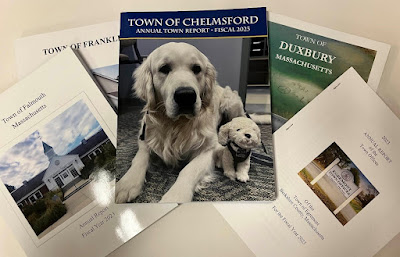- Women and Children First: The Trailblazing Life of Susan Dimock, M.D.
- Wednesday, March 6, 2024. 12:00pm - 1:00pm
- State Library of Massachusetts - Room 341, Massachusetts State House
- Livestream: https://www.youtube.com/user/mastatelibrary
The State Library of Massachusetts Author Talks Series returns this March for our 2024 season. We are excited to host author Susan Wilson during Women’s History Month!
Please join us on Wednesday, March 6th at noon, in our historic reading room to hear Susan Wilson discuss her 2023 book, Women and Children First: The Trailblazing Life of Susan Dimock, M.D. We will be livestreaming the talk on our YouTube channel for anyone who cannot make it into the library, courtesy of the Massachusetts House of Representatives Broadcast Services
About the book: Women and Children First is the biography of Dr. Susan Dimock (1847-75). As the title notes, Dimock was a trailblazer for women in the medical field. Dimock was one of the first female physicians to treat women for their unique health care needs. Dimock became one of the first female surgeons in the country and was well known and respected for her skill. Dimock grew up in North Carolina, but would flee the south during the Civil War and would settle in Boston. Dimock studied medicine at the New England Hospital for Women and Children and at the University of Zurich.
About the author: Susan Wilson is a photographer, writer, and multimedia artist. Wilson is a public historian with a passion for Boston history; Wilson serves as the official House Historian for Boston’s Omni Parker House and a Scholar at the Brandeis University Women’s Studies Research Center. Wilson holds a B.A. (Phi Beta Kappa), M.A., and A.B.D. (All But Dissertation) in history from Tufts University. In addition to teaching history on both the secondary and college level, Wilson worked as a journalist and photojournalist, her work appearing regularly in the Boston Globe between 1978 and 1996. For more on Susan, her books, photography, and information on her Dimock Project, visit her site.
If you are able to join us in person for this talk, attendees will be able to participate in a question-and-answer session with the author as well as purchase a copy of Women and Children First. Books are $35.00; cash, check, and Venmo are accepted. As always, this author talk is free and open to all. Assisted listening devices will be made available upon request. Any questions or concerns, please email us.
Want to stay up to date on future Author Talks at the State Library? Join our mailing list. Also follow us on Instagram, X, or Facebook for updates! For more information on the State Library Author talks series, please visit our site.
Author Talks Working Group
About the author: Susan Wilson is a photographer, writer, and multimedia artist. Wilson is a public historian with a passion for Boston history; Wilson serves as the official House Historian for Boston’s Omni Parker House and a Scholar at the Brandeis University Women’s Studies Research Center. Wilson holds a B.A. (Phi Beta Kappa), M.A., and A.B.D. (All But Dissertation) in history from Tufts University. In addition to teaching history on both the secondary and college level, Wilson worked as a journalist and photojournalist, her work appearing regularly in the Boston Globe between 1978 and 1996. For more on Susan, her books, photography, and information on her Dimock Project, visit her site.
If you are able to join us in person for this talk, attendees will be able to participate in a question-and-answer session with the author as well as purchase a copy of Women and Children First. Books are $35.00; cash, check, and Venmo are accepted. As always, this author talk is free and open to all. Assisted listening devices will be made available upon request. Any questions or concerns, please email us.
Want to stay up to date on future Author Talks at the State Library? Join our mailing list. Also follow us on Instagram, X, or Facebook for updates! For more information on the State Library Author talks series, please visit our site.
Author Talks Working Group















